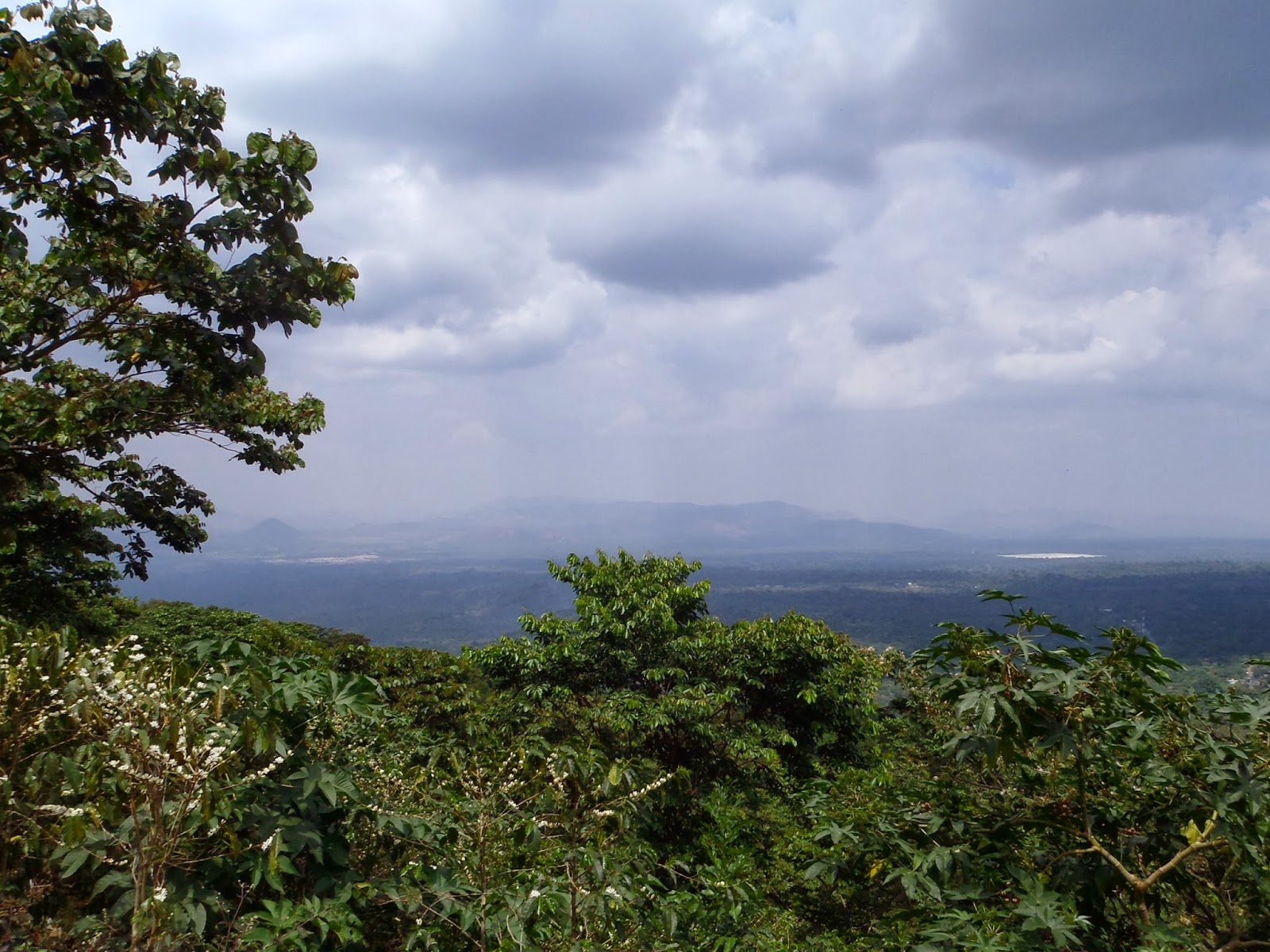At La Union, in the past, there was a ferry that would transport cars and people to Nicaragua and people there spoke of it from their childhood. Since then, the ferry was closed and has been replaced by launchas run by ex fishermen running people across for the local tourism agencies. A large dock was built by the El Salvadorian government but sits idle, while similarly the vehicle ferry the area deserves has yet to materialize. Given all this, we went to the docks not knowing if the the vehicle ferry existed again yet or if we would be crossing for five dollars each or 65 dollars each as per their website stated fee. We met a couple coming off the docks that had just arrived on a launcha alone and they had it arranged by a tour office in Nicaragua for 65 dollars each. Ouch. We met with the captain and negotiated 65 for both of us with our bikes, but we would have to wait until Wednesday, the next scheduled crossing, for the price break. We figured there must be better deals than that, so accepted that deal as a poace holder and proceeded to a hostal for the night as the sun was shortly going down.
 |
| Our hotel in La Union. The trees are almost all mango, and the fruit rype. |
We had two days to enjoy in La Union, and besides catching up on blogs, we mostly wandered the markets and cycled to other docks in search of alternate ferry crossings. We did make time for one adventure, and between a beach day, volcano hike, and water park we had seen near San Miguel, we decided on the water park. We took a chicken bus over the ridge crossing to the water park and were both disappointed, and impressed, but mostky surprised. There were multiple very large outdoor pools, perhaps 8, including a simulated river and several chldren's play structures. There were also 4 slides, though unfortunately for use 3 out of 4 were under construction. Fortunately it was the biggest that ran and it certainly had its excitement. At 4 bucks, not a bad way to while the afternoon away.
 |
| The small pool that the slides dumped into, San Miguel. There were 8 LARGE outdoor pools minimum. |
We met the ferry operator at the customs office. Disappointingly, we were getting an exit stamp from El Salvador before the crossing, which meant likely trouble with our central America - four visa in Nicaragua. Nevertheless, the process was simple and cost free and before long we were waiting at what we thought was only a break but apparently was sheer enough to act as a dock as well. Tucking a tarp around the front of the load covering my bike and eventually a rain cover over Erin's we were under way on the smooth seas. The wind, unusually, was blowing that morning which would prove to make the crossing quite choppy and we were completely soaked during our ride on the short 20 launcha we were on. Before the end though, we had amazing views of island volcanos and were even visited by dolphins. When we checked where they had been swimming, there was a dead fish without any marks on it. Apparently they can kill with blunt force trauma underwater? We arrived at the shore of Nicaragua but there was no dock so the other people on our ferry including the pilot, two Australians, and the deckhand all took turns helping to unload the boat by carrying items overhead from the boat through the surf to the sandy, forested shore. Not how we expected to arrive, but there's something cleansing about arriving in a counry by walking onto its shore through the water. What an adventure!
 |
| The shorter, younger volcanoes of El Salvador and Nicaragua stand above the sea equal parts conical or blast cratered. |
 |
| Dolphins hunting in a pod of 5 at least |


















































